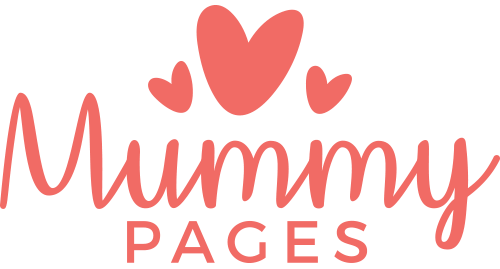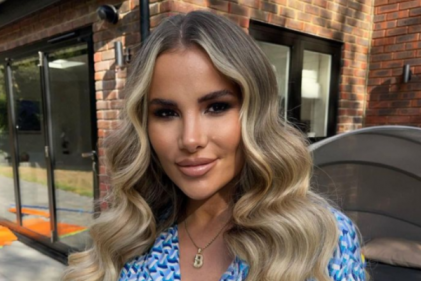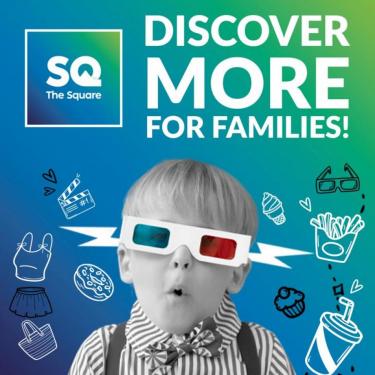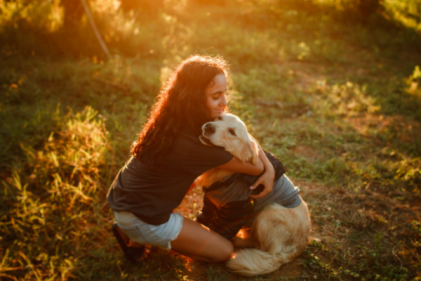While most parents struggle with the social and other connotations of race, preschoolers are usually a lot more literal than that. They see a difference in colour, different shaped eyes or a different style of dress. They don’t see a particular stereotype, or even understand what that is.
In fact, at two or three, even though your child may have noticed a difference in colour, it’s only the colour that your child is noticing. They have no idea that that difference in colour means that their friend, or the man in the shop, is a different race to them.
When your child does ask questions about differences in colour and other racial attributes, it’s best to use it as a means of teaching your child about racial diversity. By teaching your child early on that even if people look a little different, they’re still people, you set your child up for a lifetime free of racism. Think of it as your way of helping to rid the world of bigotry.
The best way to make sure that your child grows up unphased by race or skin colour is to make sure that he or she is exposed to people of many different ethnicities. If your child is used to seeing people of every shade, it won’t be as interesting to him or her.
If the area that you live in is not diverse, then try spending time in other areas, or reading books and watching television programs that feature children of other colours.
When your child notices any differences, talk about them. For instance, discuss how some people’s hair is straight, and others is curly. Note how people have different eye colour, and how some are tall, and some are short. Make race just another difference between people who are essentially the same.
Also don’t overreact when your child mentions colour. It’s usually nothing more than your child reporting the facts as he or she sees it. There is no social or emotional attachment to a particular race at this age, even your own, and your child is not trying to be offensive. If someone that your child has commented about does get offended, try explaining that your child is simply learning colours, and leave it at that.
Try focusing on the similarities between people, rather than the differences when you discuss race with your child. When your child states, for instance, that her friend is black, say ‘Yes, Amy is black, but she also likes dolls, doesn’t she?’ This helps your child to realise that whether her friends are black or white, Chinese or Indian, they’re all children, just like her. Help your child to realise that while ethnicity is a part of who they are, it’s not everything, and that it’s okay to be whatever race you happen to be.
Last, but not least, never use racially specific descriptions around your child. When you say ‘the black man’ you make it all about race. Rather talk about the tall man in the red sweater. Shield your child from racially inflammatory comments, and you should raise a child who is aware of race, but for whom it is not an issue.
In fact, at two or three, even though your child may have noticed a difference in colour, it’s only the colour that your child is noticing. They have no idea that that difference in colour means that their friend, or the man in the shop, is a different race to them.
When your child does ask questions about differences in colour and other racial attributes, it’s best to use it as a means of teaching your child about racial diversity. By teaching your child early on that even if people look a little different, they’re still people, you set your child up for a lifetime free of racism. Think of it as your way of helping to rid the world of bigotry.
The best way to make sure that your child grows up unphased by race or skin colour is to make sure that he or she is exposed to people of many different ethnicities. If your child is used to seeing people of every shade, it won’t be as interesting to him or her.
If the area that you live in is not diverse, then try spending time in other areas, or reading books and watching television programs that feature children of other colours.
When your child notices any differences, talk about them. For instance, discuss how some people’s hair is straight, and others is curly. Note how people have different eye colour, and how some are tall, and some are short. Make race just another difference between people who are essentially the same.
Also don’t overreact when your child mentions colour. It’s usually nothing more than your child reporting the facts as he or she sees it. There is no social or emotional attachment to a particular race at this age, even your own, and your child is not trying to be offensive. If someone that your child has commented about does get offended, try explaining that your child is simply learning colours, and leave it at that.
Try focusing on the similarities between people, rather than the differences when you discuss race with your child. When your child states, for instance, that her friend is black, say ‘Yes, Amy is black, but she also likes dolls, doesn’t she?’ This helps your child to realise that whether her friends are black or white, Chinese or Indian, they’re all children, just like her. Help your child to realise that while ethnicity is a part of who they are, it’s not everything, and that it’s okay to be whatever race you happen to be.
Last, but not least, never use racially specific descriptions around your child. When you say ‘the black man’ you make it all about race. Rather talk about the tall man in the red sweater. Shield your child from racially inflammatory comments, and you should raise a child who is aware of race, but for whom it is not an issue.







